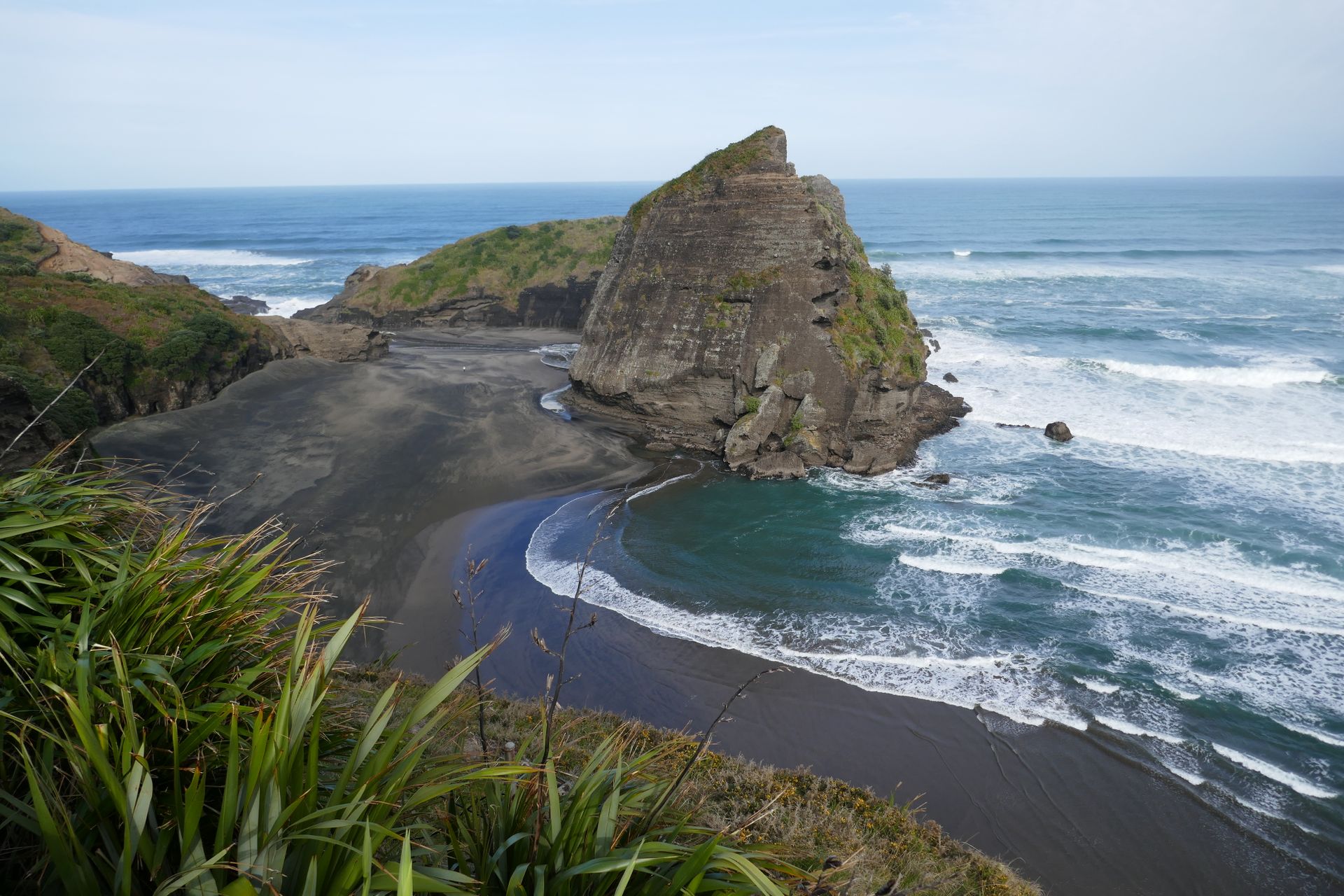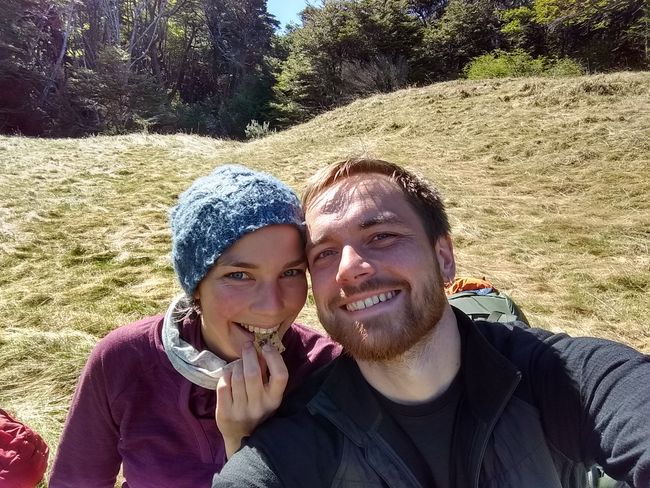New Zealand Part 1: Kick-off
Diterbitkan: 29.09.2019
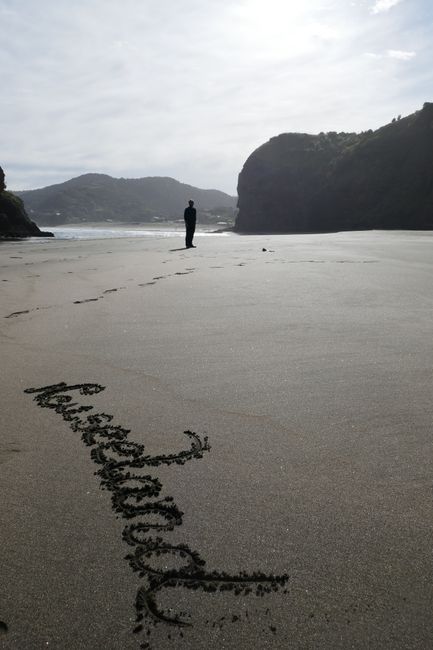
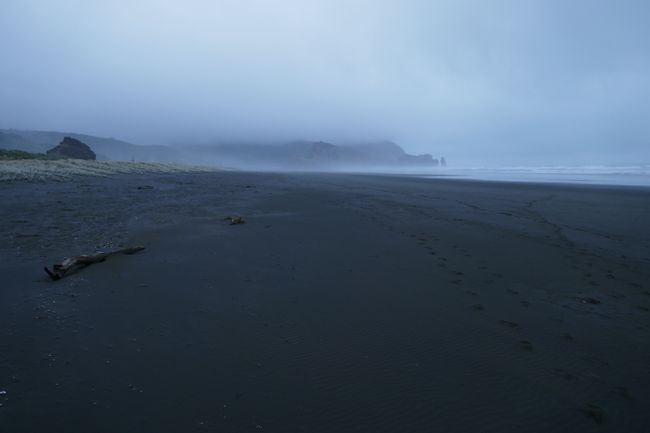

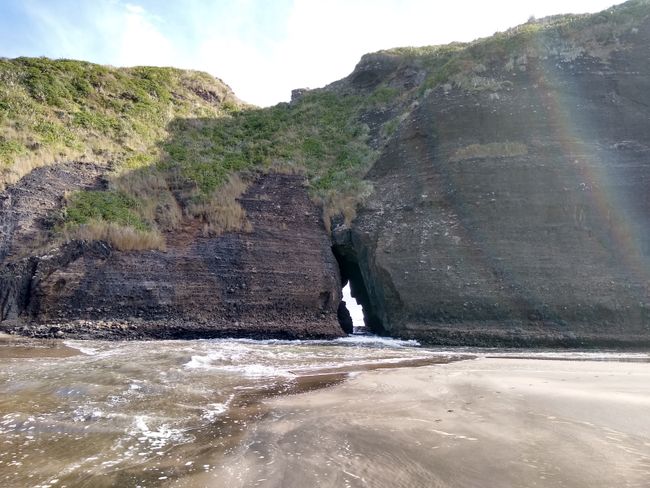
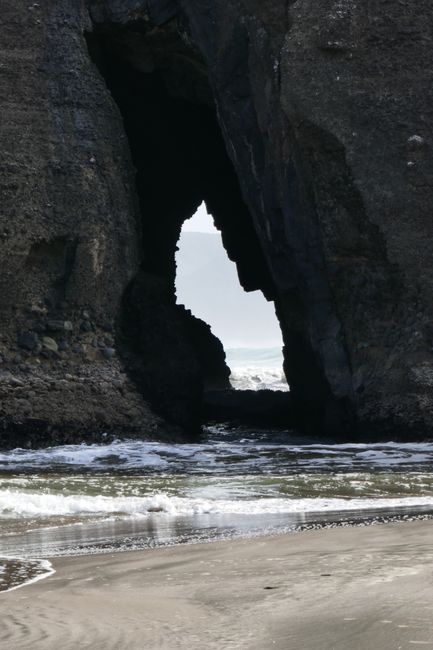
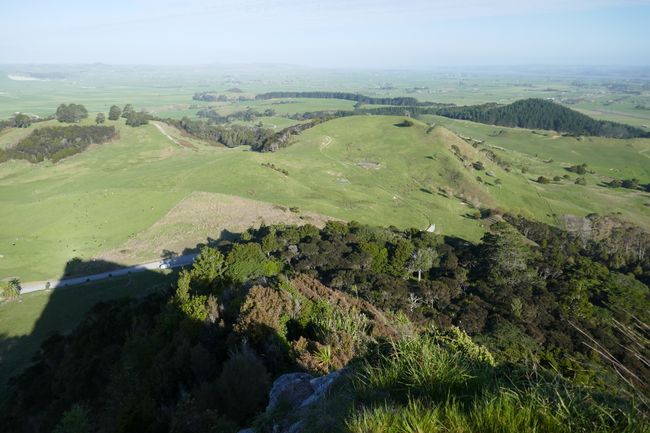
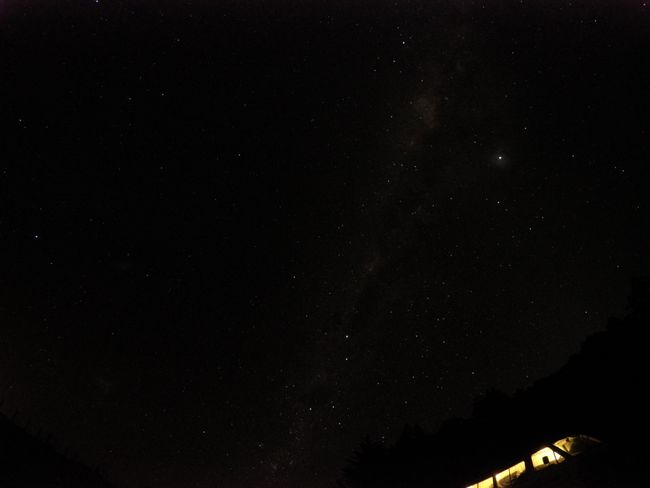
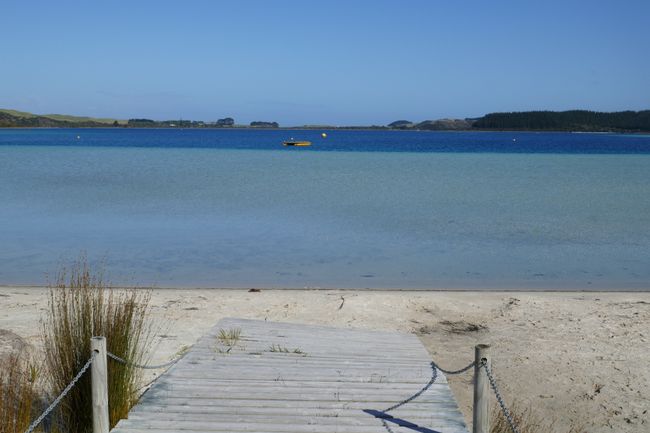
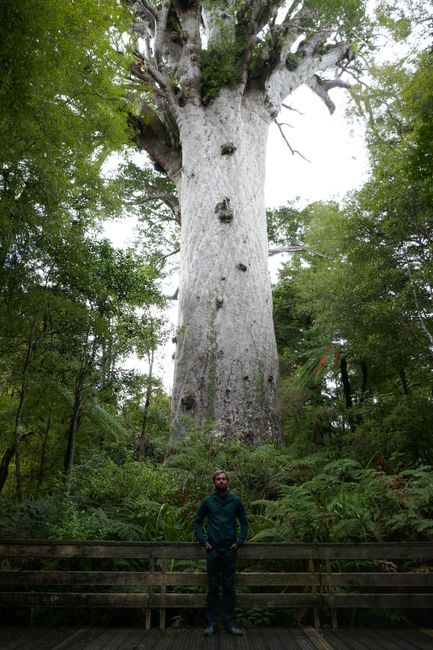
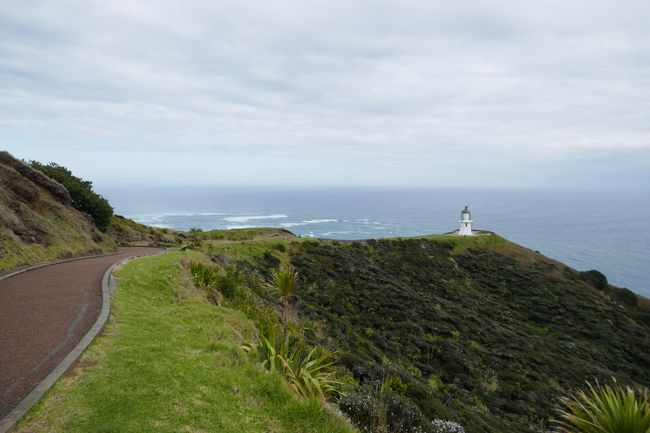
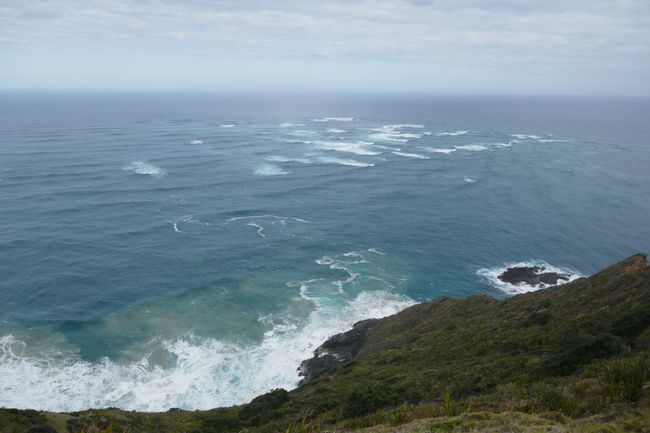
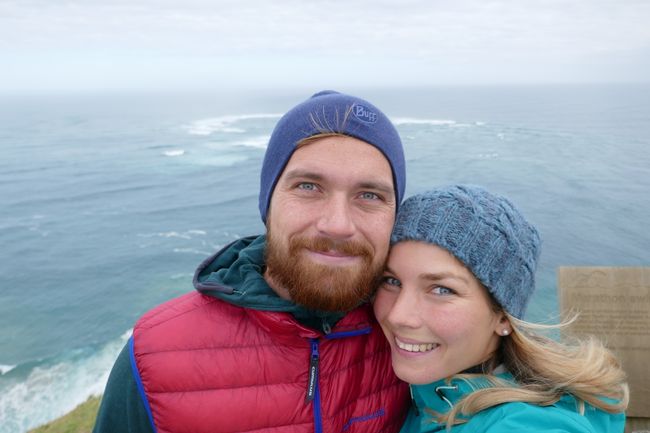
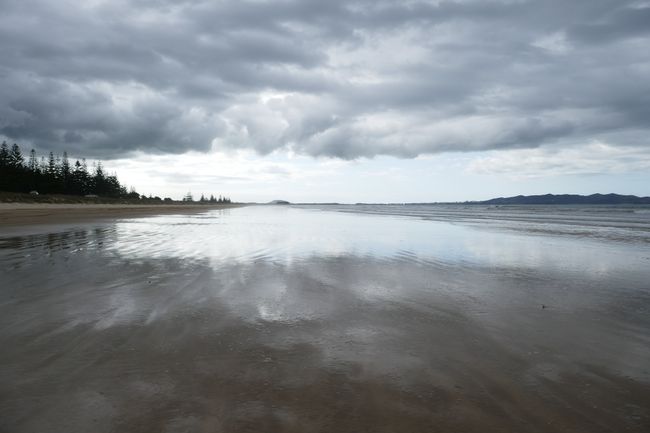
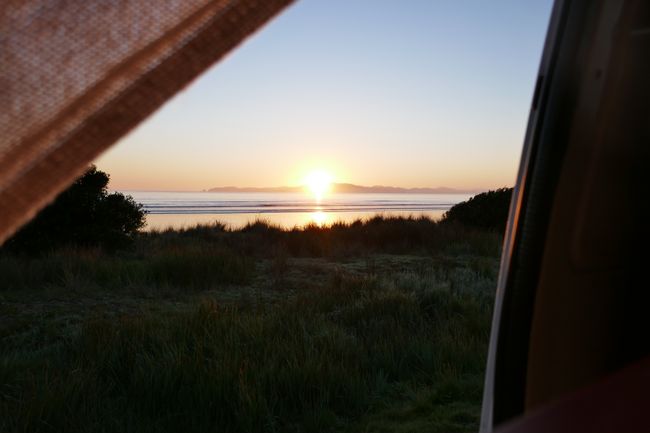
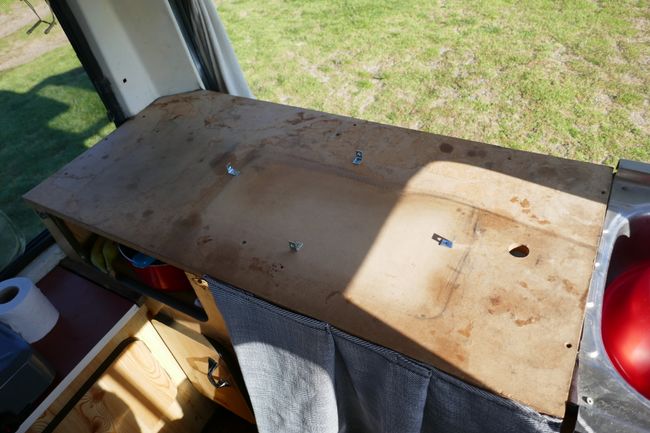
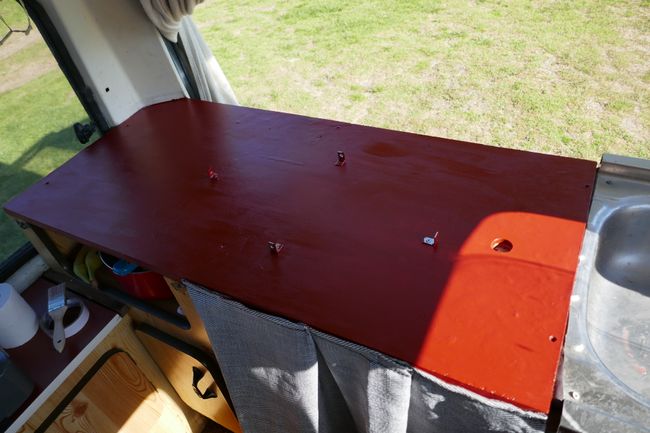
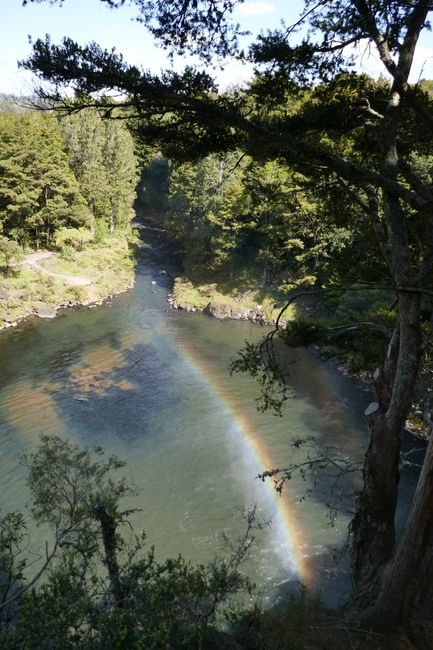
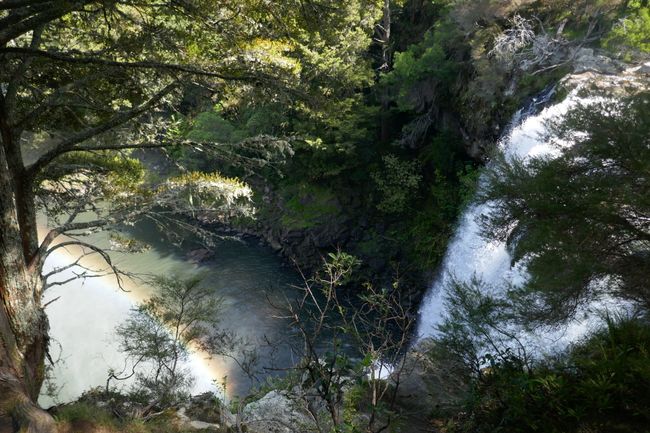
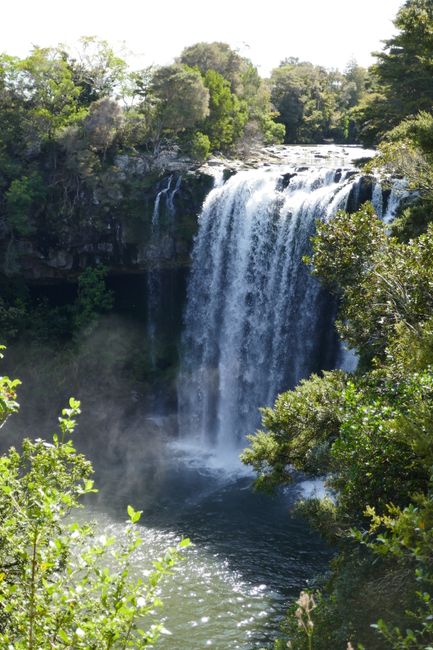

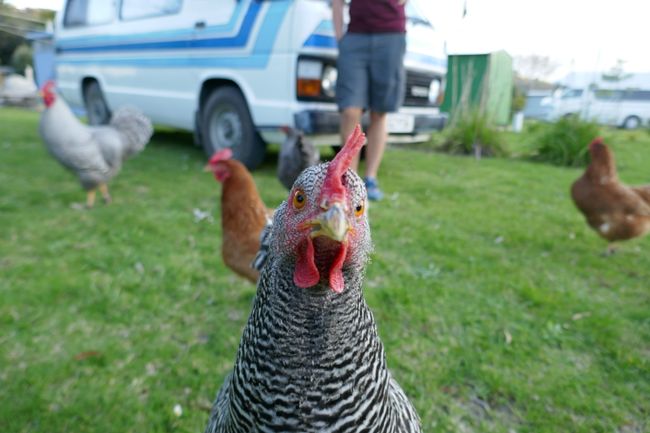
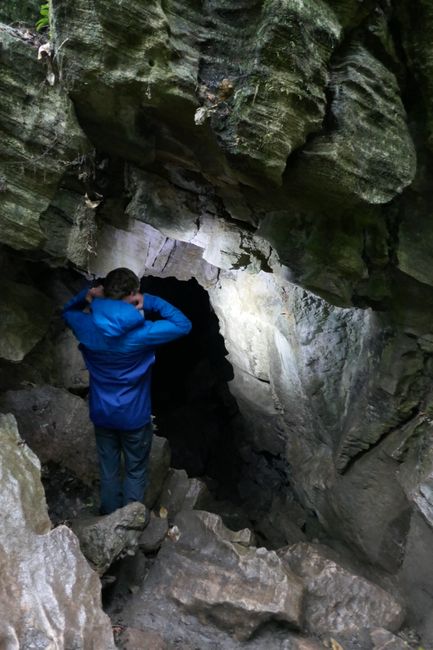
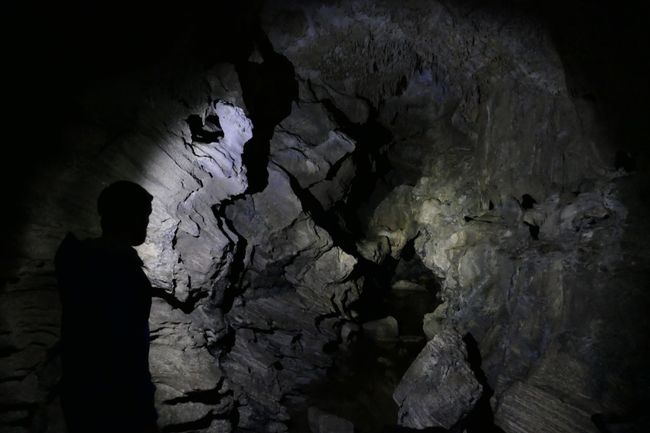
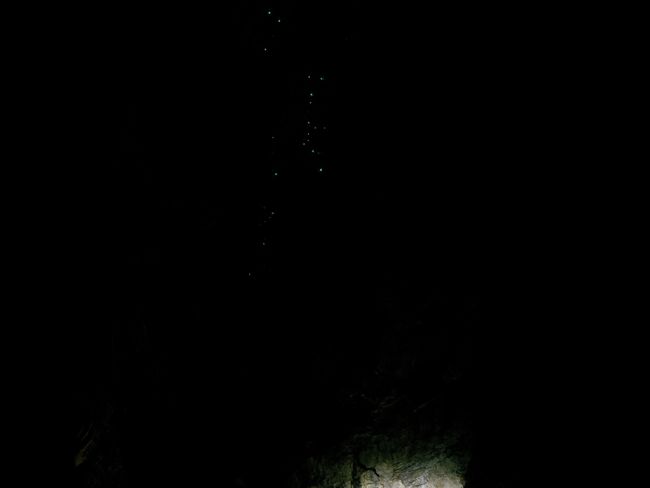
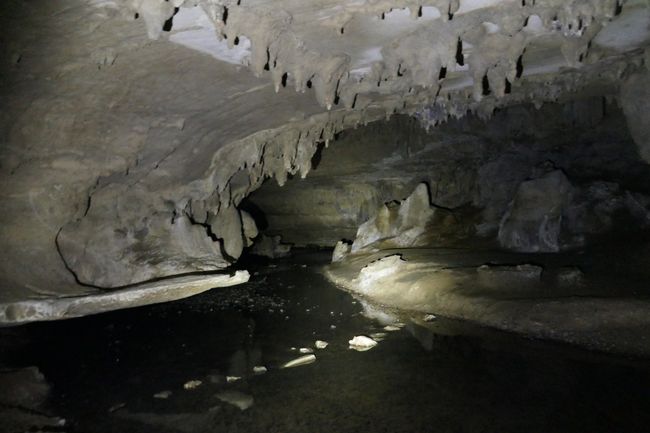
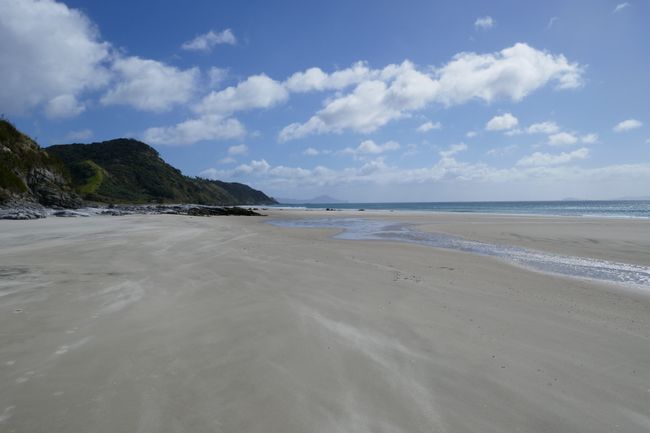
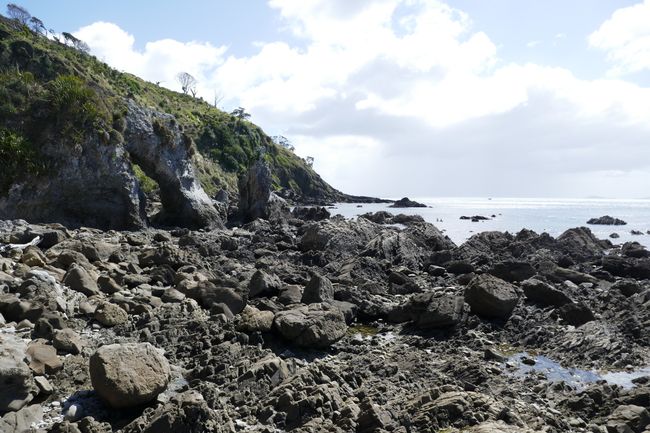
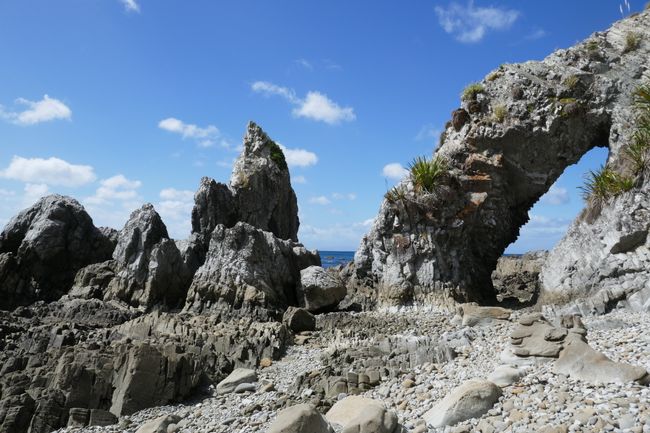
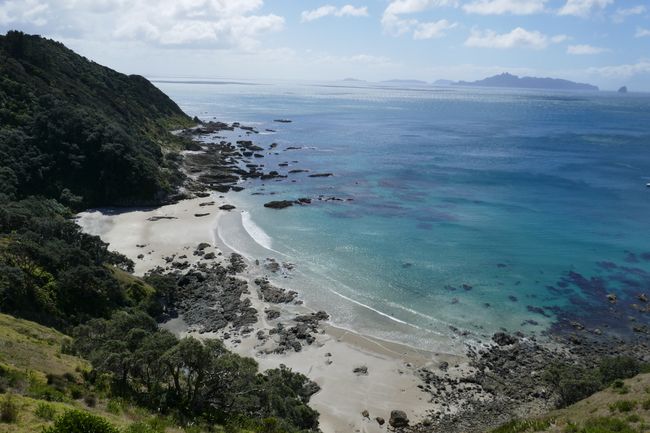
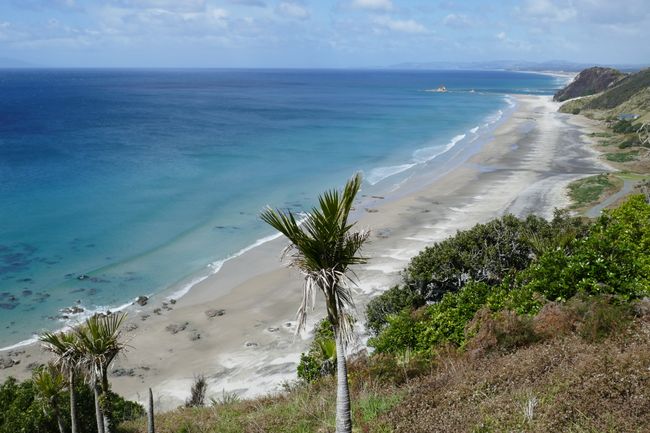
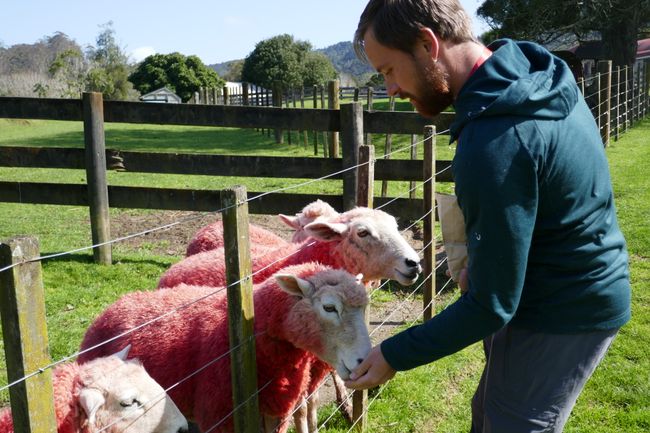
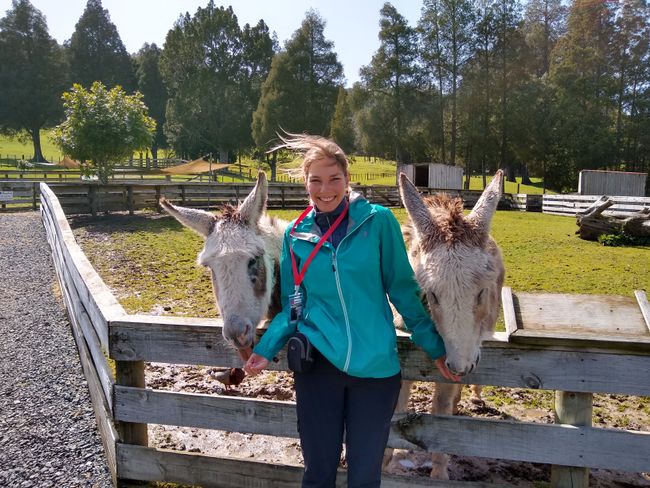
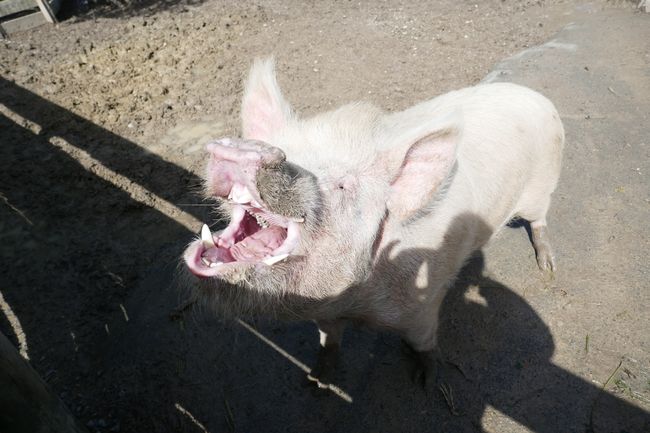
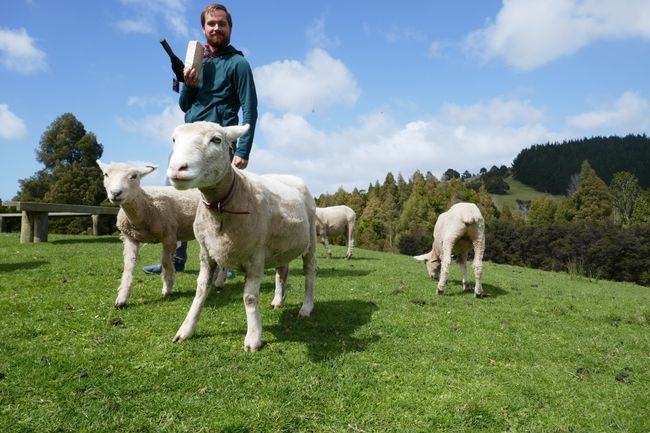
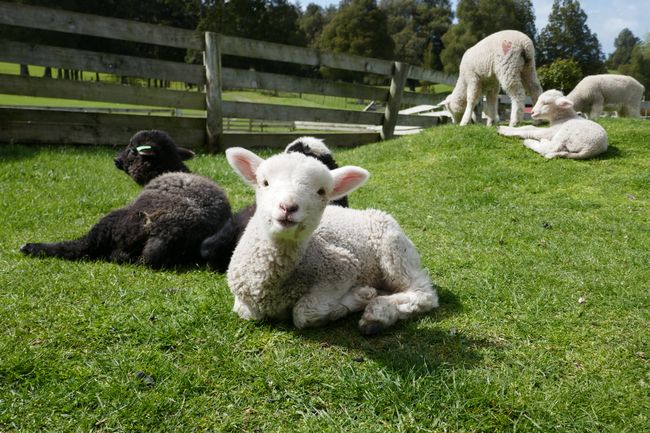
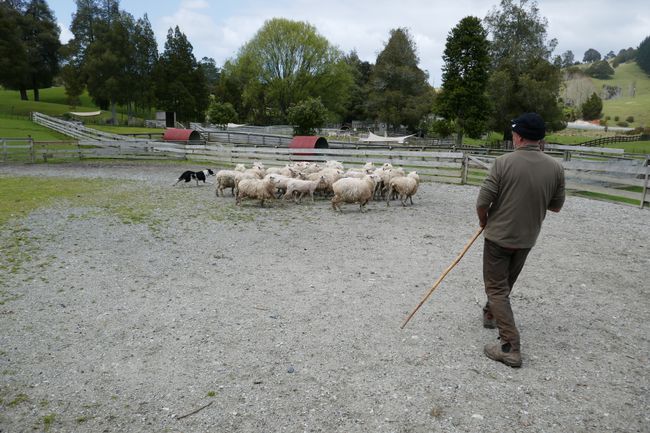
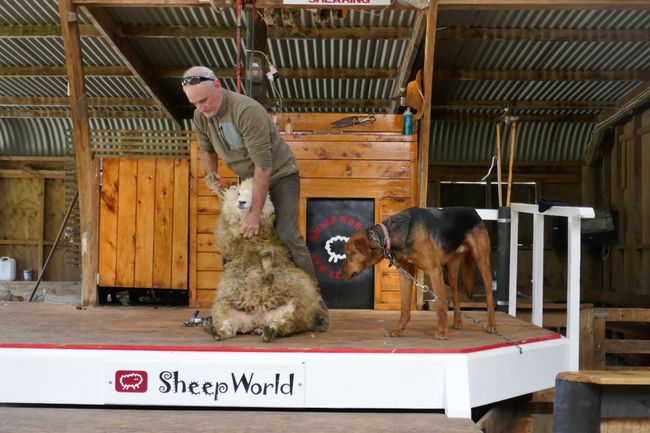
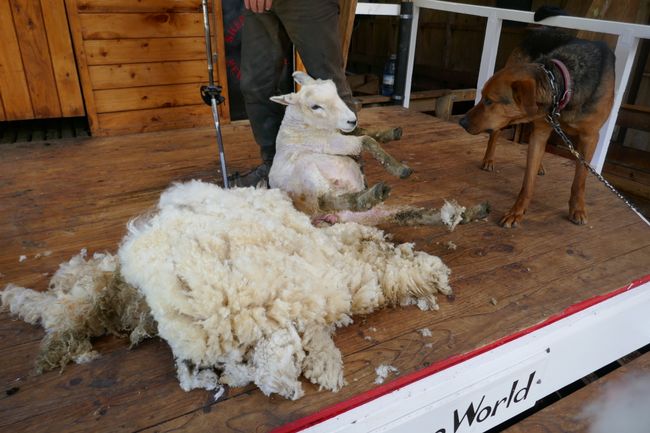
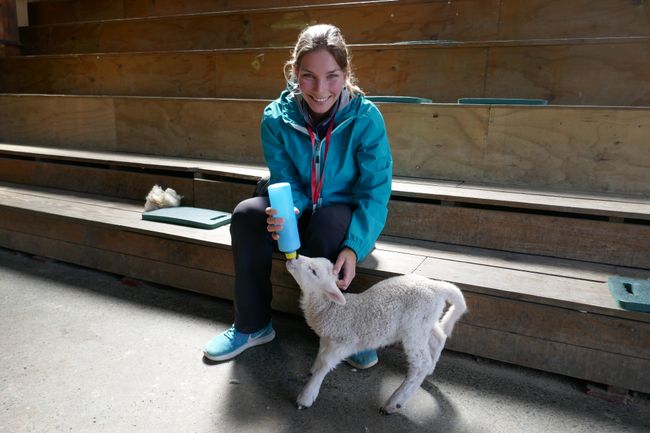
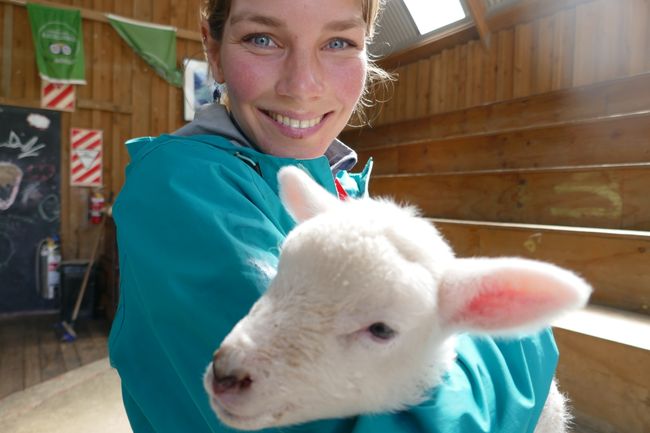
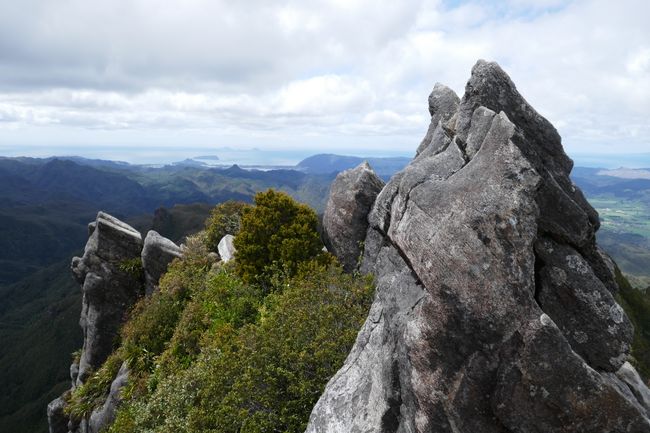
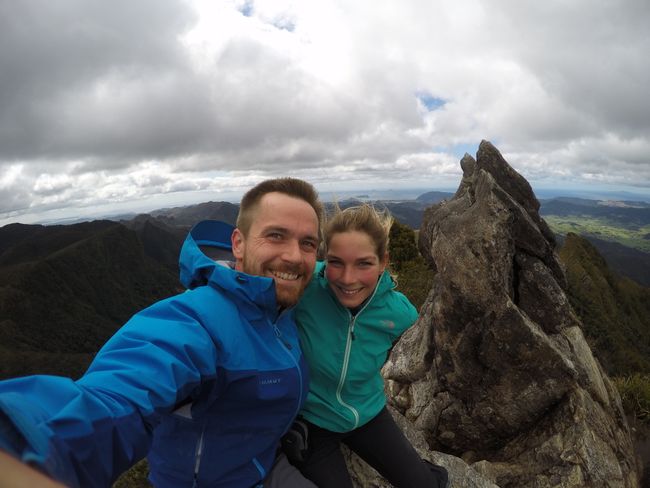
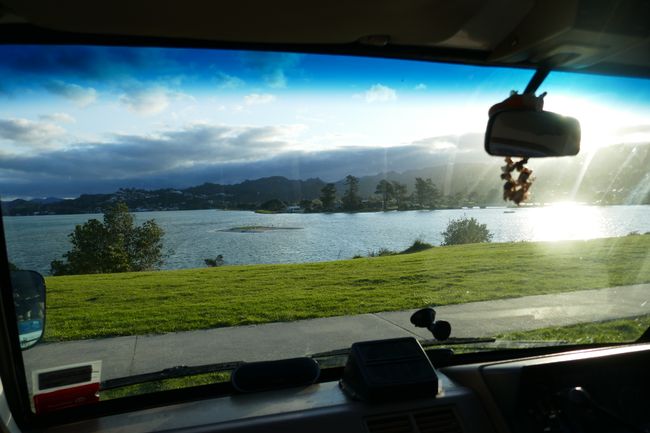
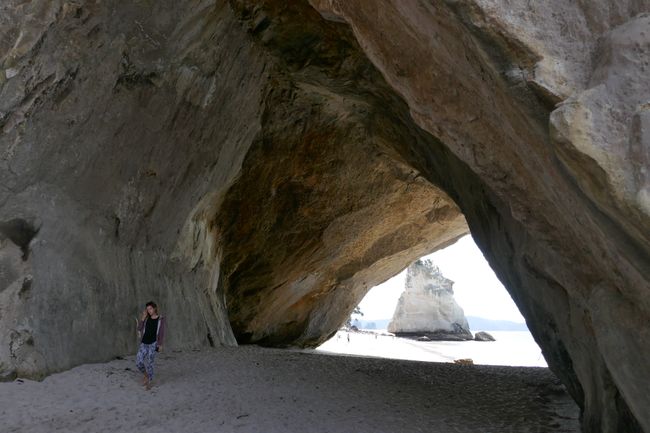
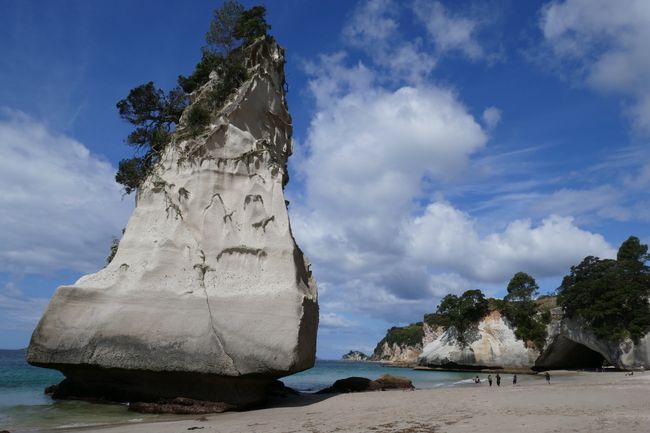
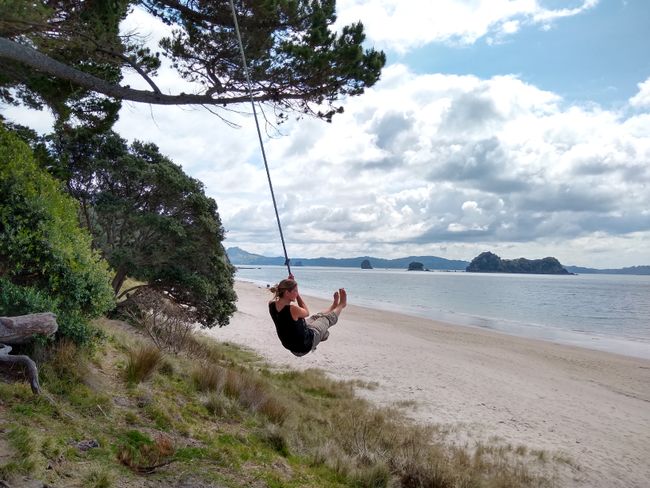
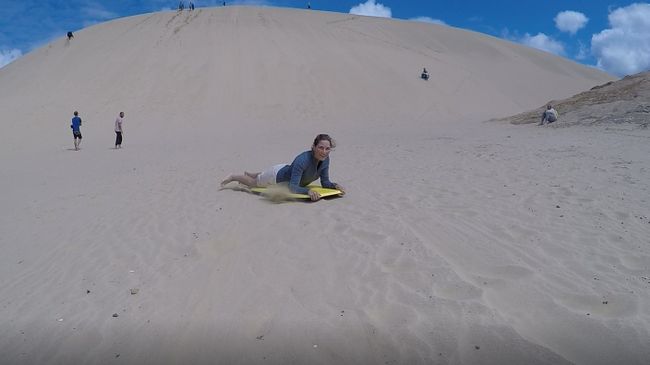
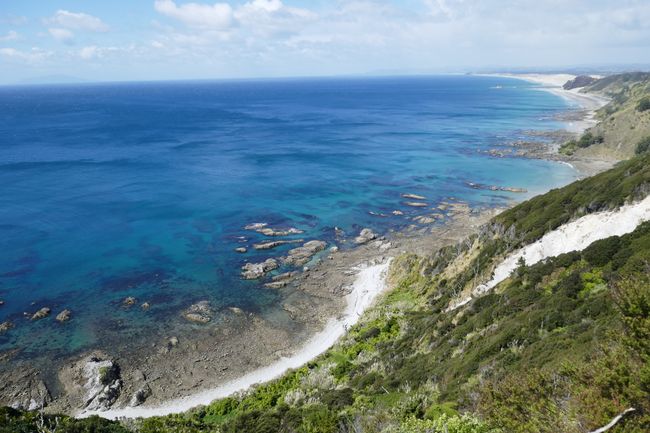
Berlangganan Newsletter
We have been in New Zealand for two weeks now, covering 1600 km and seeing and experiencing a lot. Let's go chronologically:
At the beginning, we had to equip our campervan Jimbo. With groceries, water, a new gas stove, and our stuff from the backpack. Thanks to the many storage options, nothing flies through the car during the drive, except once on the first day, when one of our plants jumped off the table and broke. A campervan is not a rally car after all.
Even the first sleeping place outside of Auckland was impressive: Piha Beach. When we arrived, dark clouds hung low over the Tasman Sea and the black sandy beach with its rugged, steep mountain slopes. The whole thing created a very mystical-melancholic image. In the morning, however, we had sunshine and the area showed itself in a completely different light, but still very impressive.



Then to the Kai Iwi Lakes. These are lakes that are fed only by rainwater and have a really beautiful beach. However, at the time we were there, it was spring and the water was accordingly cold. Later we drove to the Waipoua Forest, where the largest Kauri tree in New Zealand stands. This Kauri tree is about 2000 years old and has a trunk circumference of 13.8 m! Incredible. However, the way there was extremely exhausting. The road builders apparently had the motto: Every tree must remain standing! This resulted in an incredibly winding road that demanded a lot from humans and machines.


In general, the road conditions here leave something to be desired. Many potholes, single-lane bridges, poor asphalt (if it exists at all), and curves. The roads that connect the places are called State Highways. I always associated the word Highway with a freeway. But unfortunately, they have nothing to do with it. They are rather country roads, where you have to brake down to 25 km/h in the curves to avoid ending up in the ditch. Jimbo copes with all this well, the remaining flowerpot is now standing on the floor during the drive and the stove has been secured. Otherwise, we have adjusted or purchased a few things here and there: the kitchen countertop got a fresh coat of paint, a custom-made doormat in the entrance area, the flow of the drinking water pump can now be called flow (before it just sprayed out, how did our predecessors manage?), a phone holder, the inverter and the power strip are now securely screwed and not lying around anymore... To be continued for those who are interested.


Since we started in Auckland, we have been driving more or less northward. Eventually, we can't go any further and there we stood: at Cape Reinga, the almost northernmost tip of New Zealand. Here, the Tasman Sea and the South Pacific meet, similar to the North Sea and the Baltic Sea in Skagen. From now on, we are heading south, which means it will get colder here on the southern hemisphere. But for now, let's go sand dune surfing!
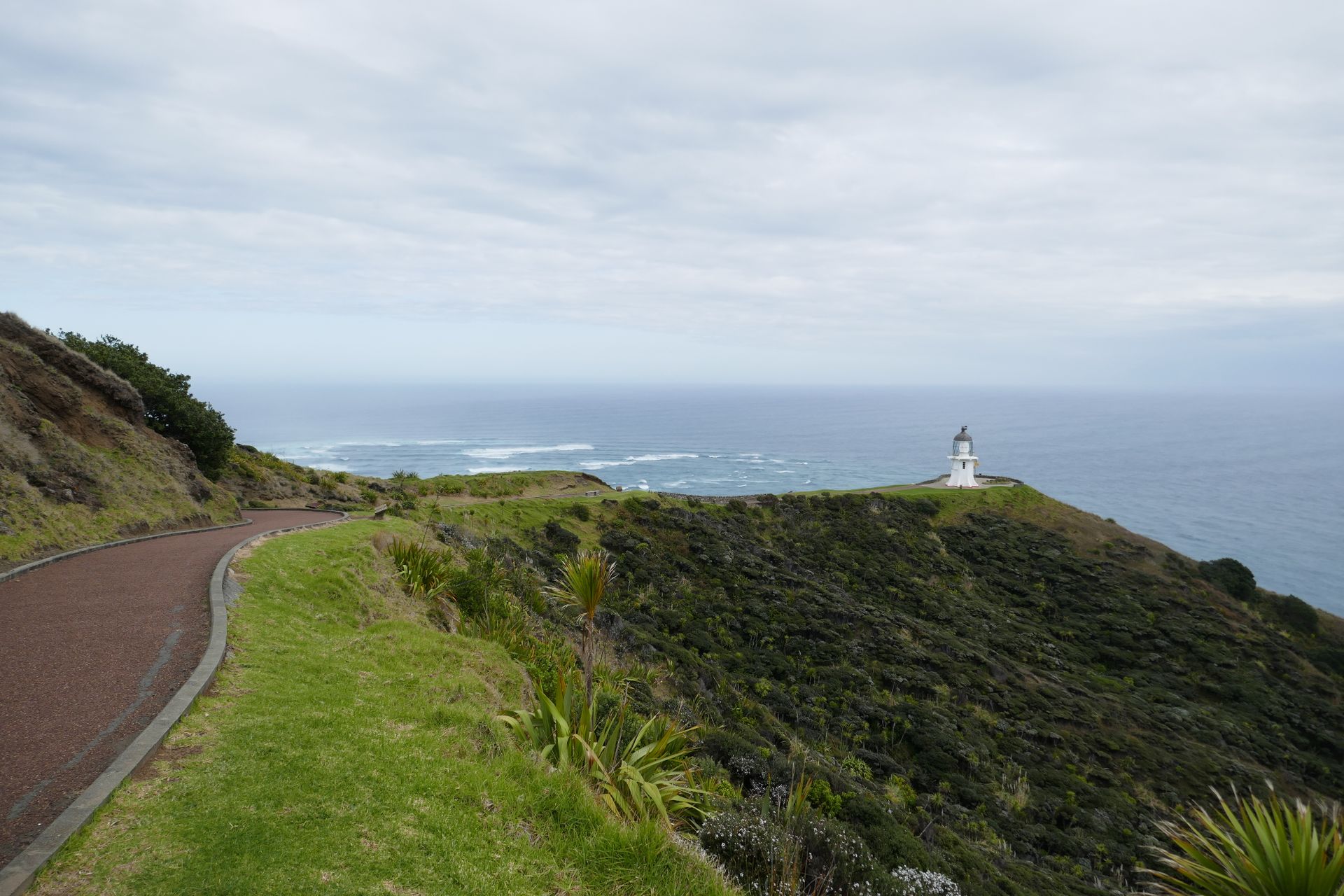
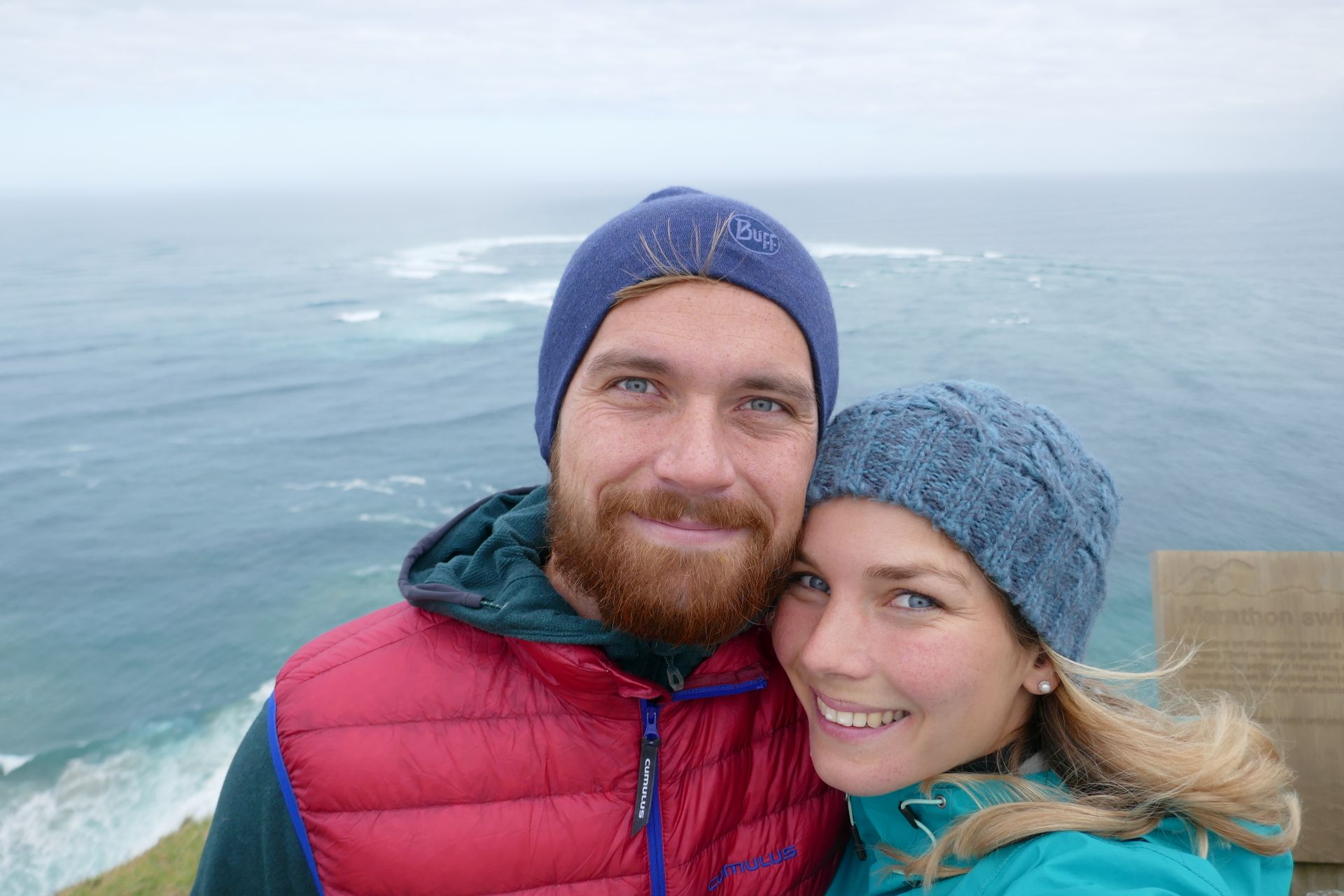
You can go sand dune surfing in Te Paki. You take a board with a smooth surface, drag yourself and the board up the dune, and then slide down on your belly. It feels really fast and it's a lot of fun! Only going back up is quite exhausting in the soft sand.

In the evening, we spent time with an Estonian couple that we had already met at the dunes, in our bus with hot cocoa and rum. We had randomly ended up at the same campsite right by the sea.
In a tourist brochure, the Whangaroa Harbor was praised as the most beautiful in the southern hemisphere. We had to see that, it was almost on the way. Well. If that's supposed to be the most beautiful harbor, then cheers. Disappointed, we drove away again. The Rainbow Falls near Kerikeri, on the other hand, were really beautiful, they deserved their name! The campsite where we were that evening turned out to be a chicken farm. As soon as we parked Jimbo, we were surrounded. Anyway, finally we could take a shower!
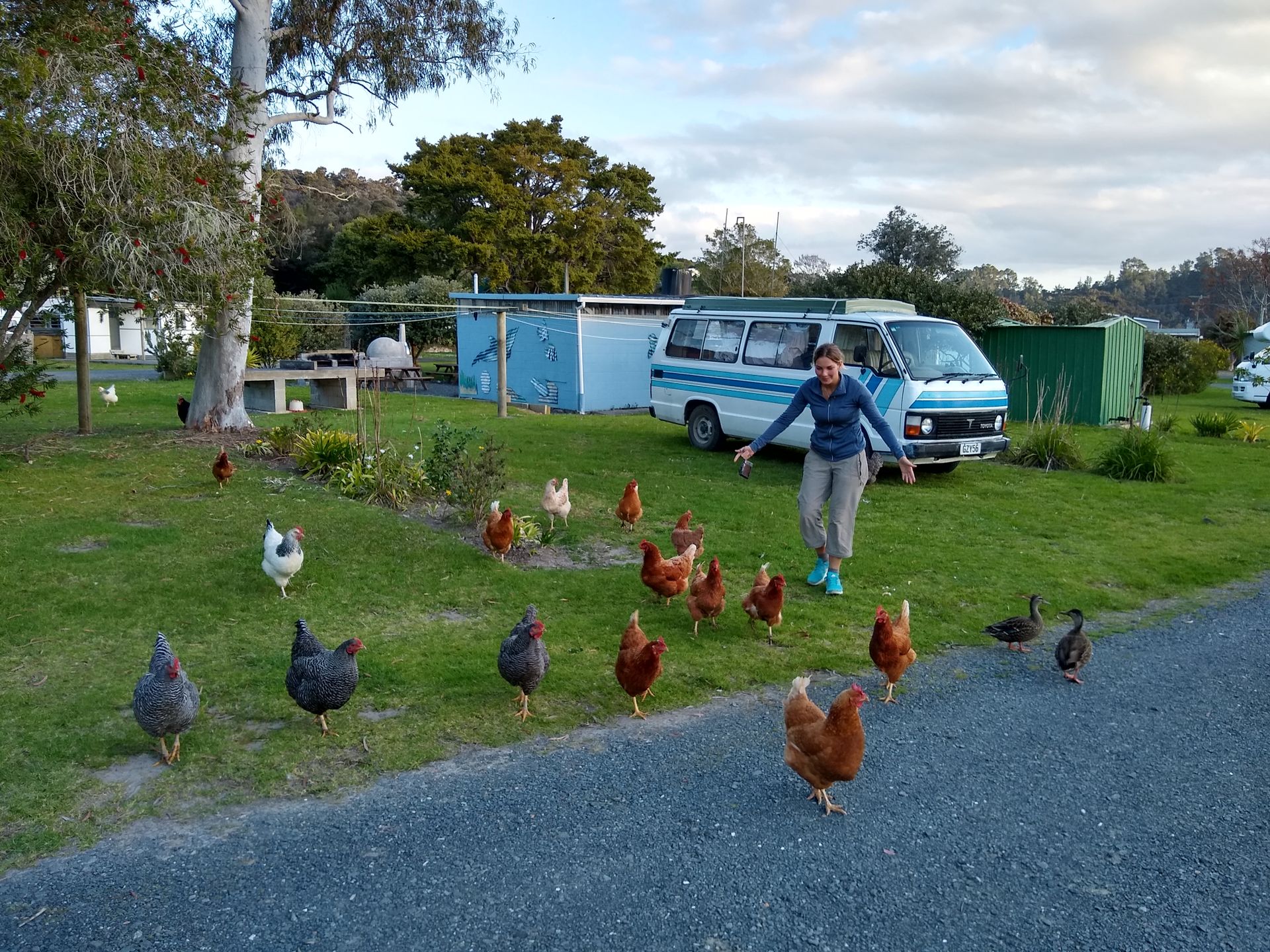
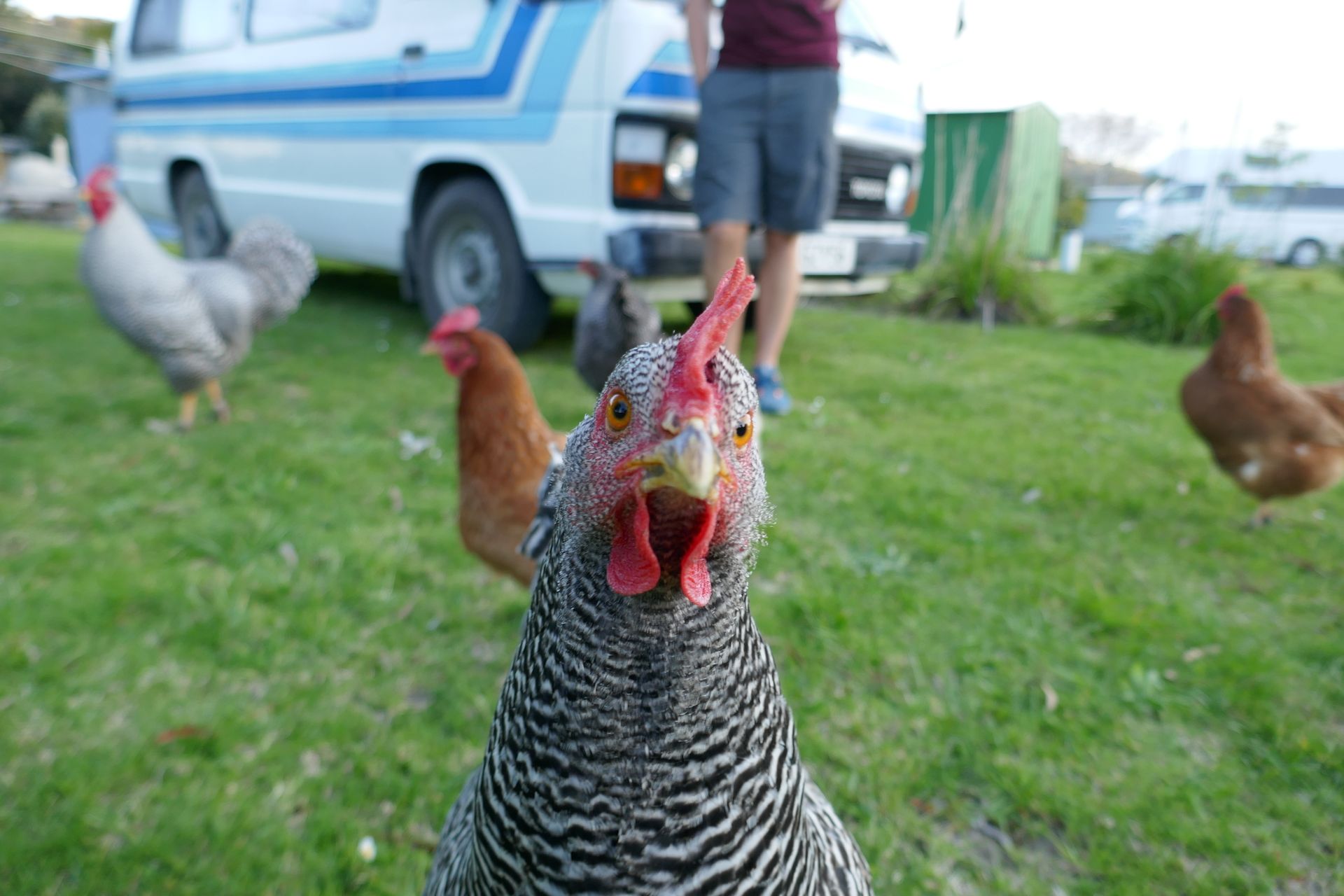
Cerina wanted to go diving and up here in the north, there are a few beautiful dive spots. Somehow, however, it didn't work out: the first dive center was still in winter hibernation, at the second one there was too much wind and high waves for the next 5 days, which is why it didn't work. The third one only does dives on weekends and it was Sunday and already too late, and the fourth one also canceled in the morning after the booking. We will keep trying...
Instead, we were able to play cave explorers without a reservation and even in bad weather. The Abbey Caves consist of three individual caves, with the middle one being relatively easy to walk through. Equipped with a headlamp and a camera, we descended and turned off the light. Above us, the glowworms sparkled like a starry sky!
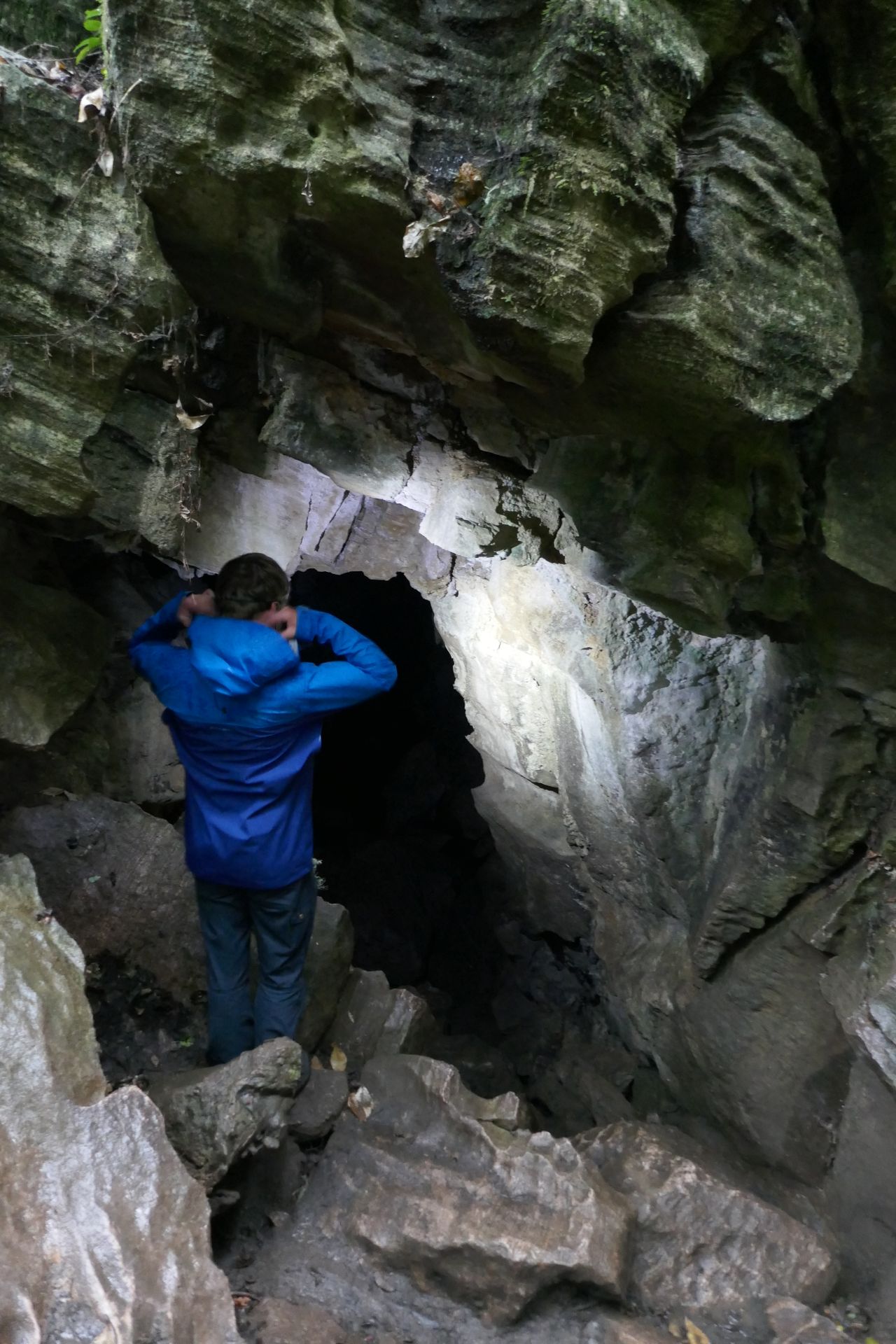
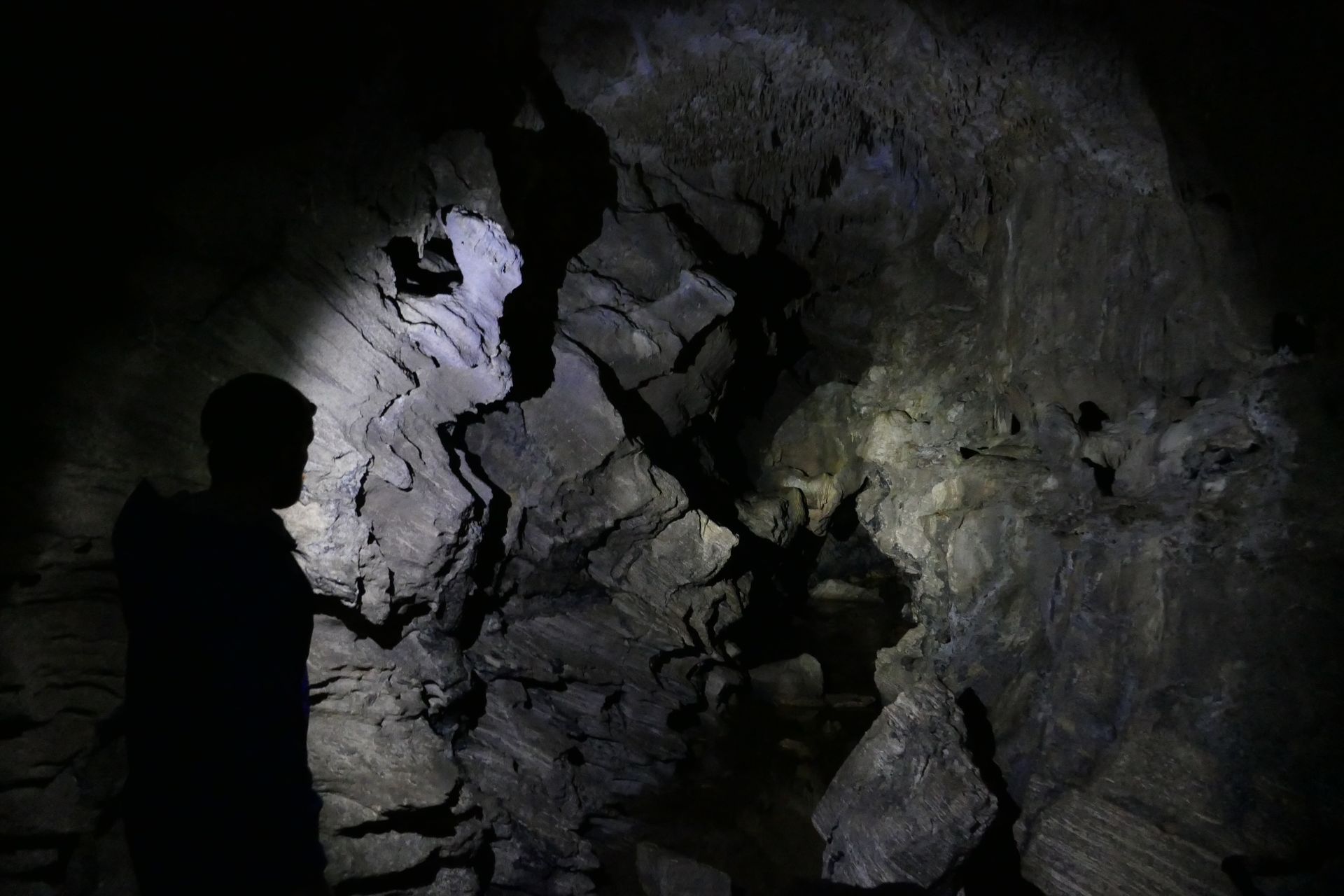

While we're still on the topic of the starry sky. Until now, we have had the opportunity to see the Milky Way every evening. Light pollution seems to be quite low here and one evening we were able to take great photos :)

Then it was time for another hike. In Mangawhai, we walked along the Cliffs Walkway. This leads along the beach to an arch rock and then back to the starting point above the beach on the cliffs. The beach passage is only passable at low tide, which happened to be the case. We were lucky again!

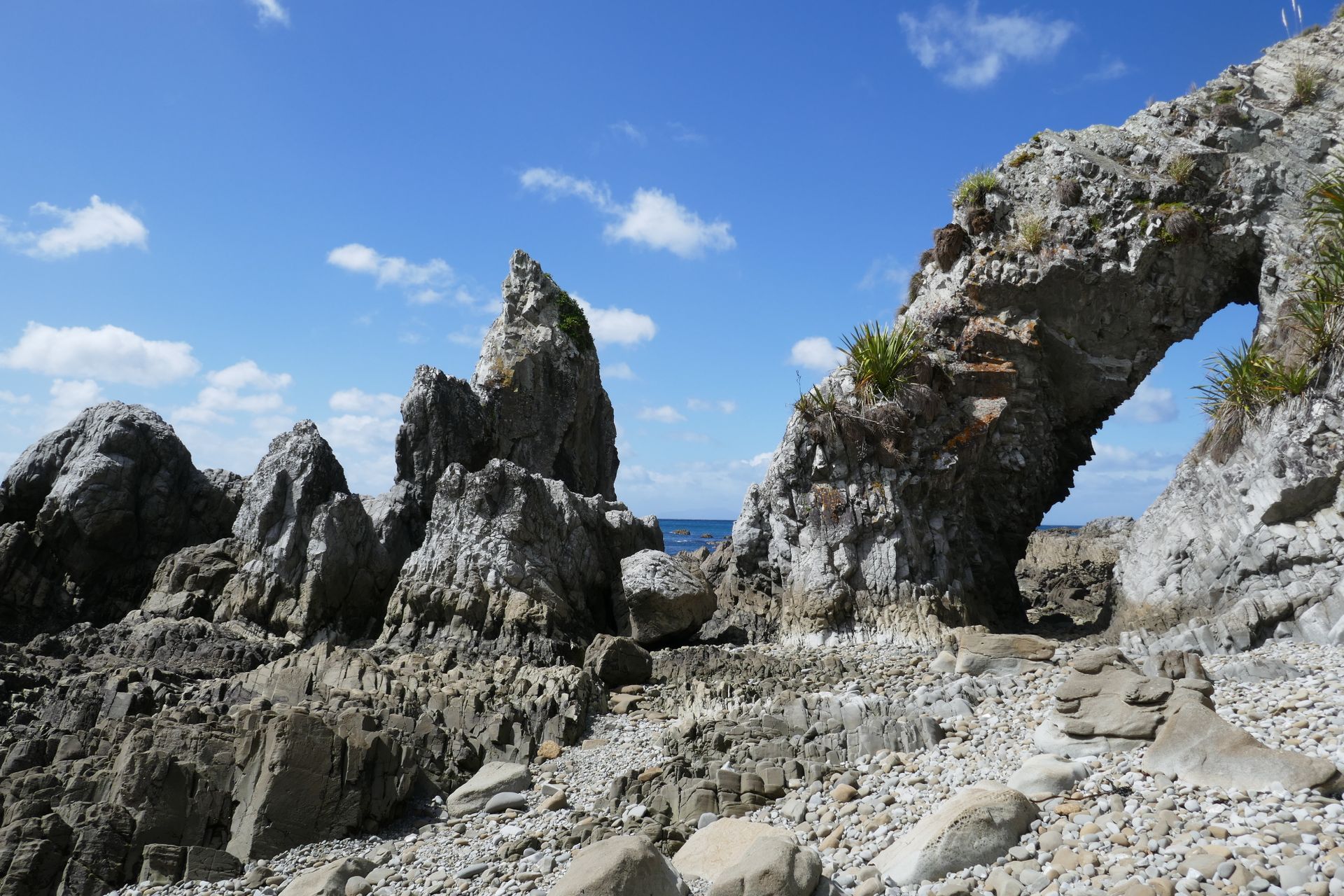

On our way to Auckland, we passed by the 'Sheepworld'. This is a small zoo with alpacas, cows, pigs, donkeys, emus, and of course, sheep. As it was still the off-season, we were the only guests that morning and could walk through the enclosure in a relaxed manner. The sheep show then took place as planned. With a total of 3 people (the shepherd, Cerina, and me), two dogs, and lots of sheep. The shepherd showed us how the dogs drive the flock of sheep and then showed us how sheep shearing works in New Zealand farms. A very demanding job! He sheared a sheep for us and showed us the technique that the shearers use, and I also got to lend a hand. Afterwards, Cerina got to feed and hold a lamb. Fun Facts:
-There are 11 sheep for every inhabitant of New Zealand.
-The shearers work 8 hours a day in the high season and shear around 300 sheep. The energy consumption of each shearer is about twice that of running a marathon.
-There is also the breed 'East Frisian' in NZ, which is called the East Frisian Sheep. Määäh!
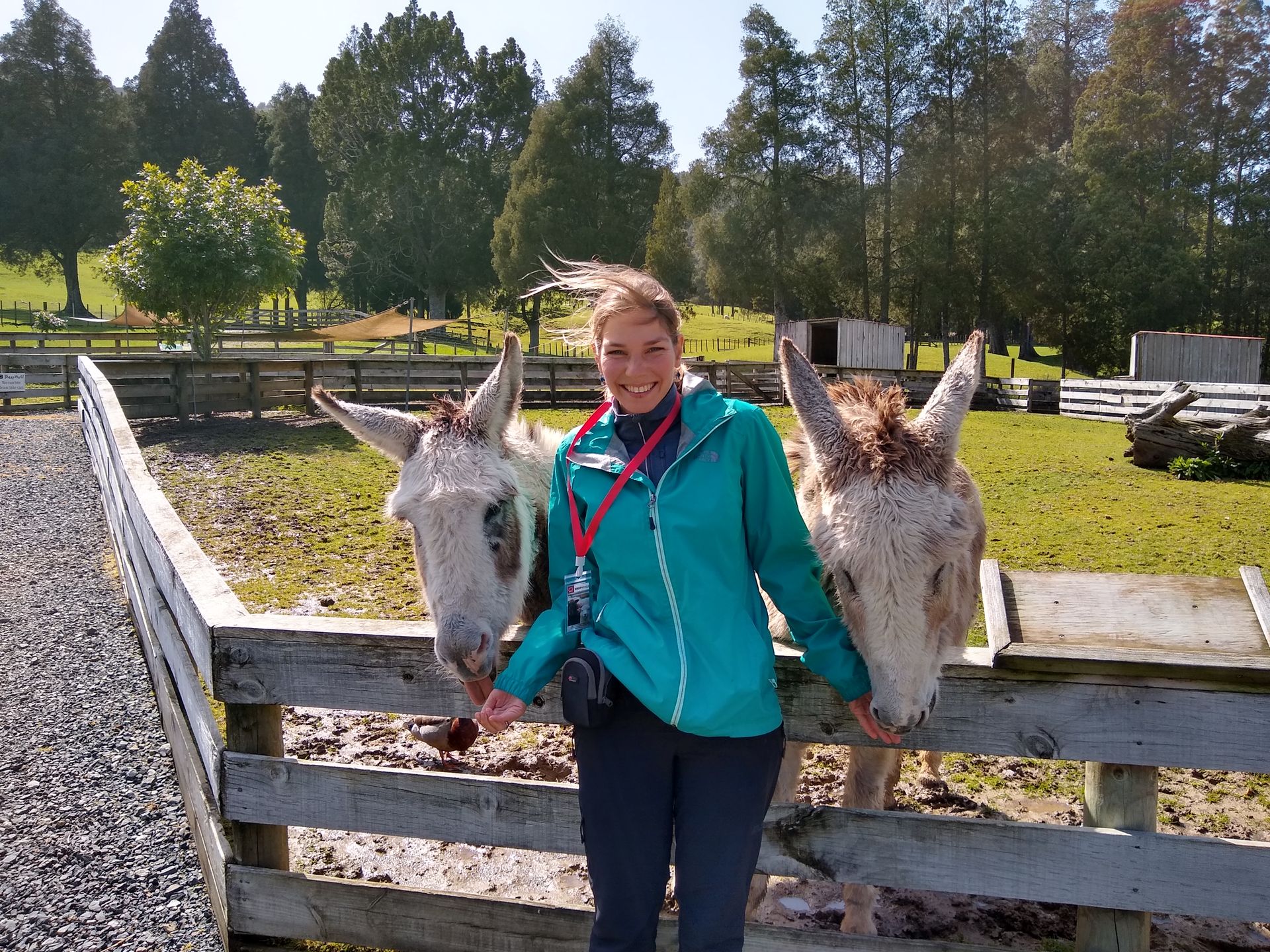
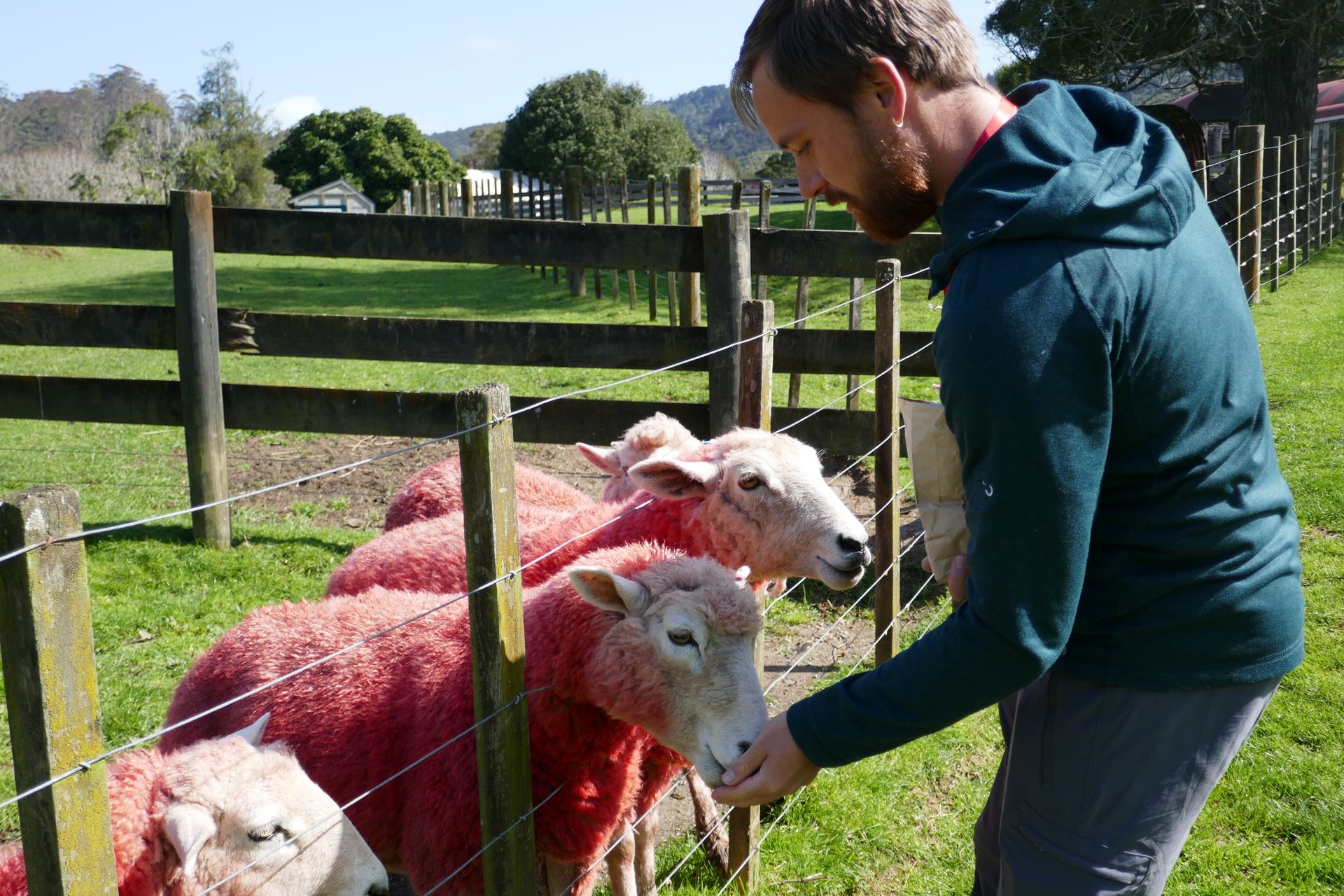


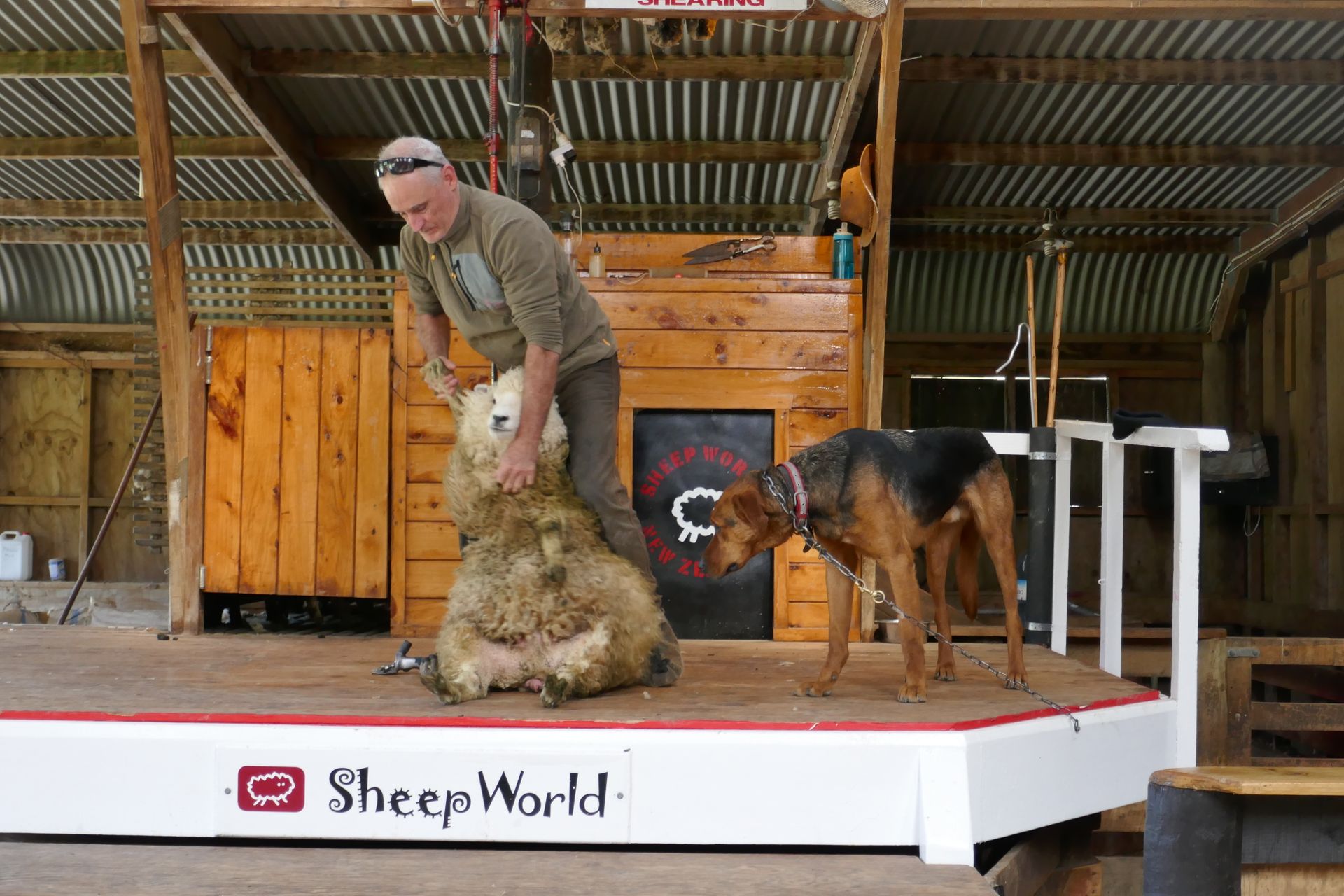
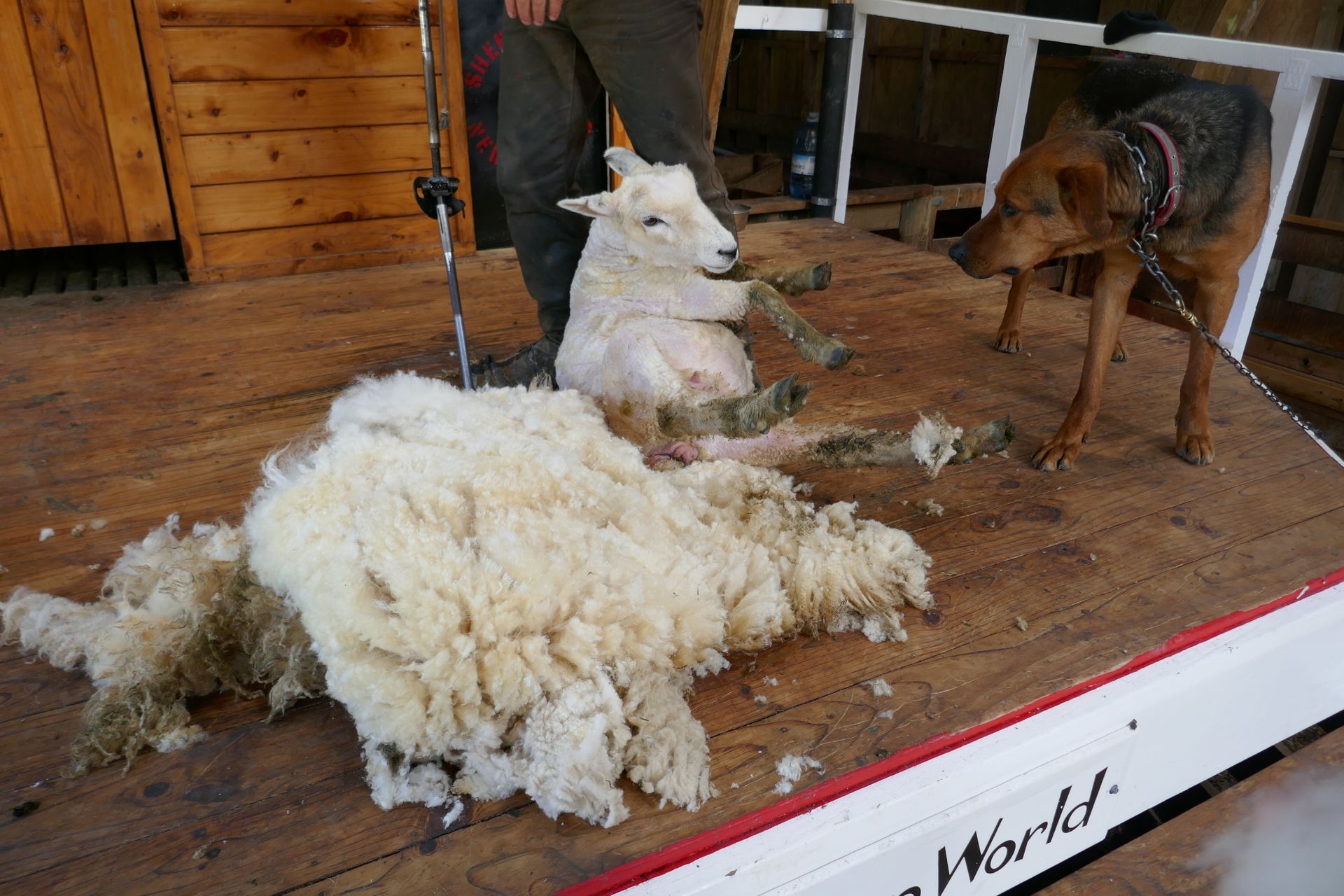
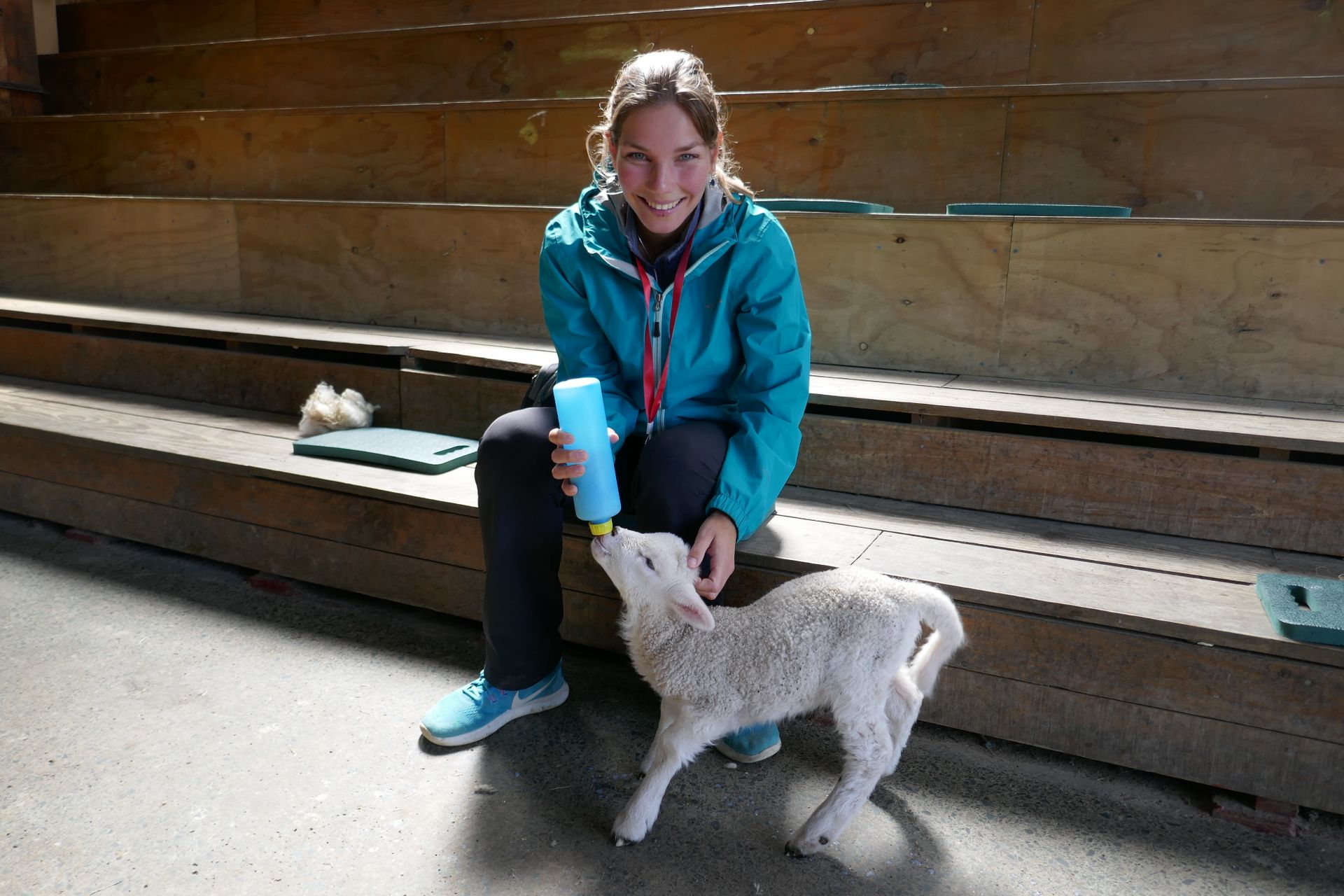
Afterwards, we approached a geothermal area of New Zealand and jumped straight into the first swimming pool heated by geothermal energy (36°C and 41°C warm pools). Wonderful!
After relaxation came effort. We wanted to climb to the summit of 'The Pinnacles' on the Coromandel Peninsula. So we drove there and climbed the 710 meters in altitude. On the windy summit, we had a great view of the surrounding hills as far as the Pacific Ocean.
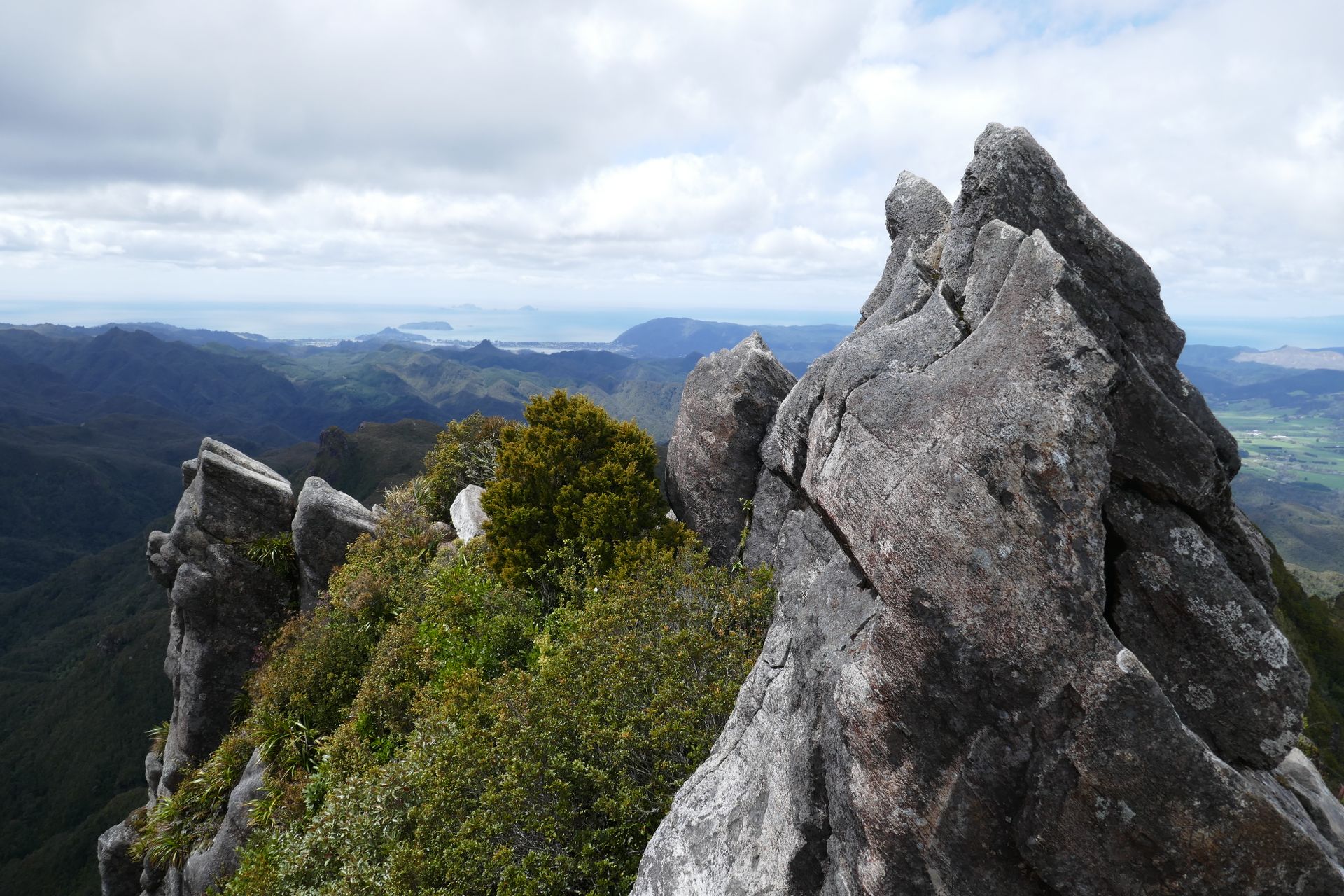
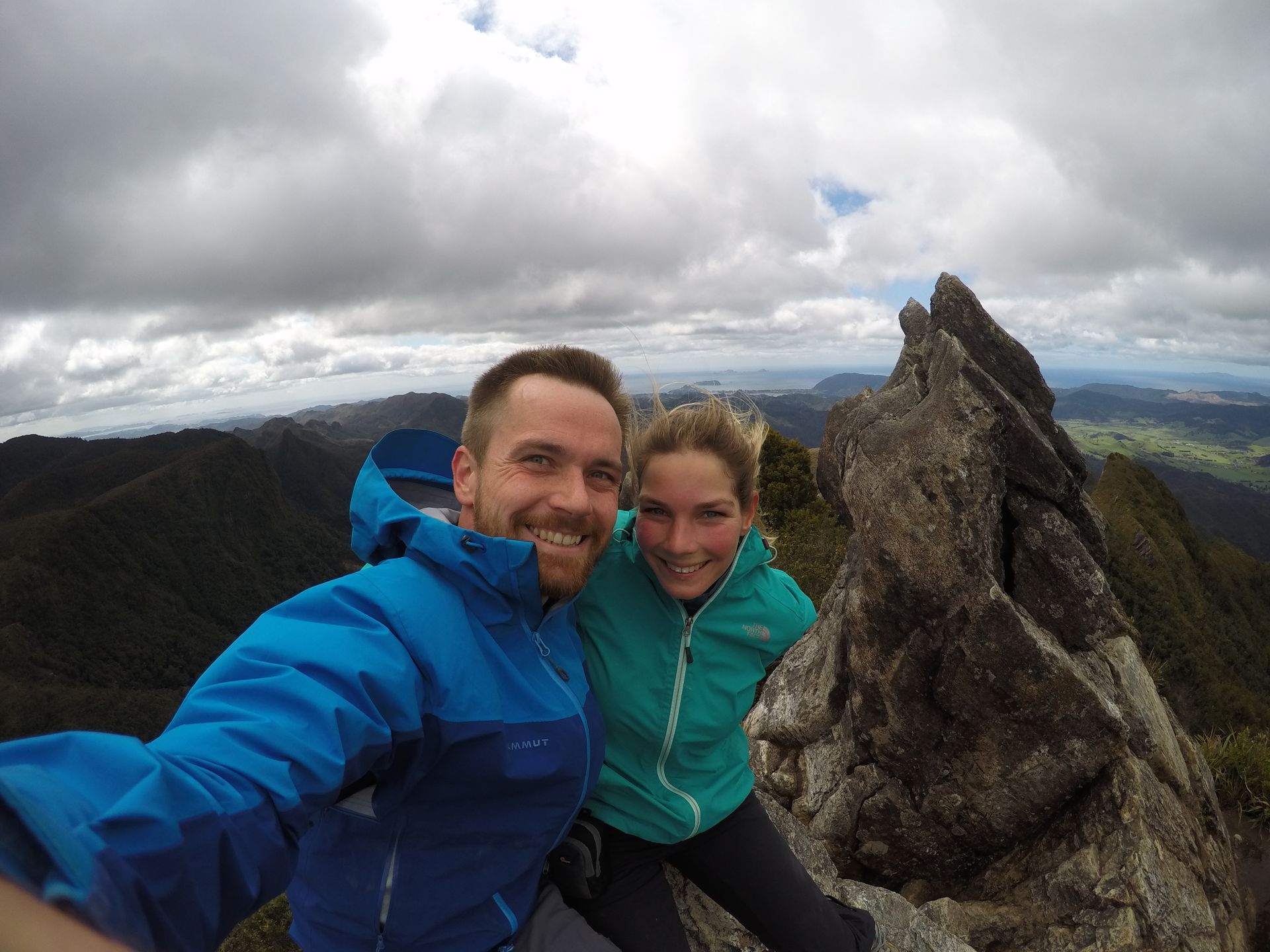
The great thing about camping in New Zealand is the location of some of the campsites. If the car is 'Self-Contained', which means that it has a trash can, a toilet, and fresh and waste water tanks, you can stay at places that are denied to others without a 'Self-Containment Certificate' (SCC). Many of these places are free and offer 'only' beautiful views. We have SCC (it's enough to have a portable toilet, no one wants to check if you use it;) ) and were able to stay directly on the beach between the sea and a luxury villa. Almost in the front row. Clean public toilets can be found on every corner. But you can also park somewhere off paved roads and private property. We have already done this several times.

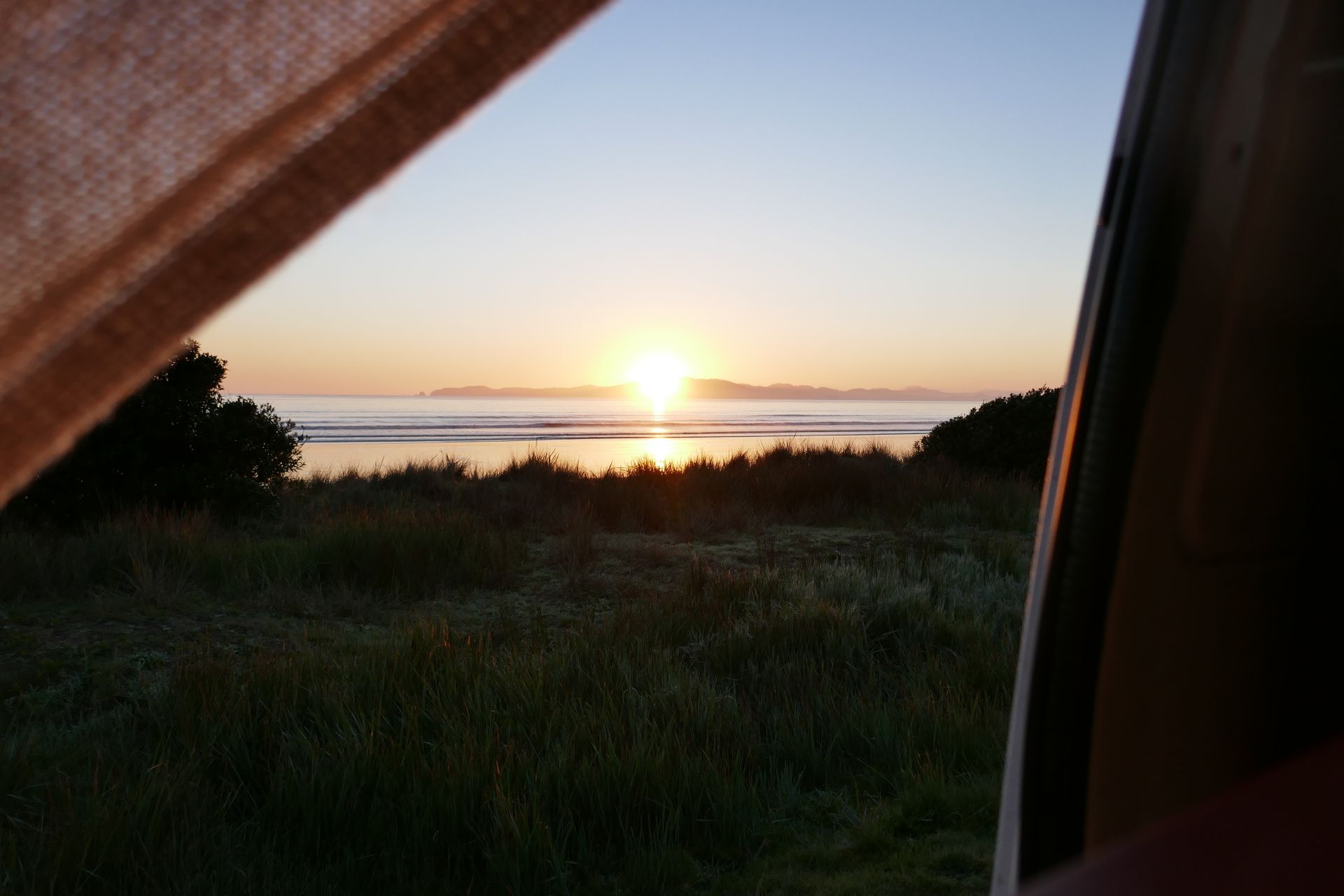
Currently, we are on the Coromandel Peninsula at a campsite in Hahei Beach, where we have booked for two nights. It is still the off-season and you only pay half price. We treat ourselves to that. Yesterday, we walked to Cathedral Cove and then had really good burgers and ended the evening in the brewery with a live broadcast of the Rugby World Cup (New Zealand's national sport).


From our spot, we have a view of the sea and there is currently quite strong wind here, coupled with some occasional rain. So we sit in Jimbo, drink coffee and tea, read, and are glad that we don't have to drive for a day. We still want to go to Hot Water Beach today, where you can dig a hole on the beach during low tide, which then fills with hot water from underground.

Berlangganan Newsletter
Menjawab

Laporan perjalanan Selandia Baru
